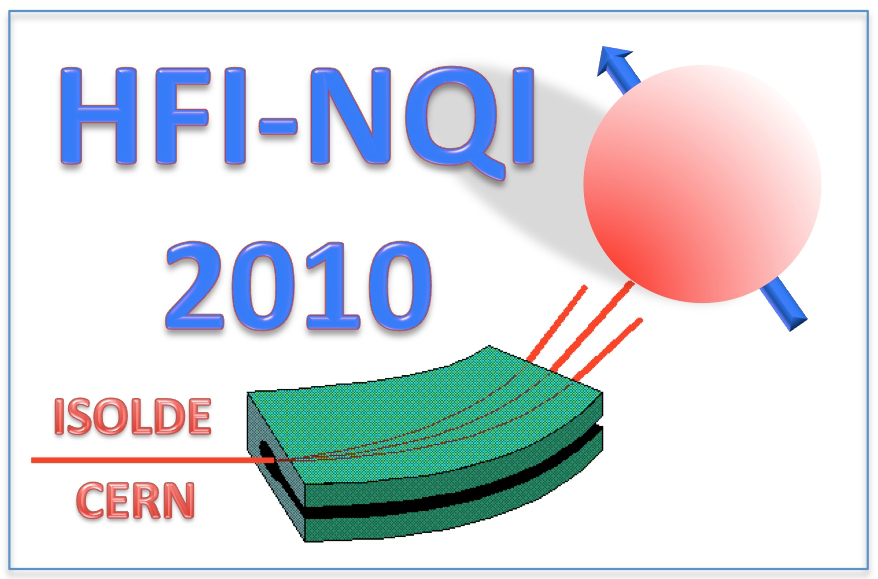Speaker
Prof.
Tetsuo Asaji
(Nihon University, Japan)
Description
In the hydrate crystal of 1:1 salt with 1,3-diazine and chloranilic acid (H2ca), (1,3-diazineH)∙H2O∙Hca, an unique hydrogen-bonded molecular aggregate is formed. A single proton transfer from chloranilic acid to 1,3-diazine results in 1,3-diazinium cation, 1,3-diazineH+, and hydrogen chloranilate anion, Hca-, in the crystal. There exists hydrogen bond between 1,3-diazinium ion and water (H2O) of crystallization, and between the H2O and hydrogen chloranilate ion. X-ray crystal analysis [1] revealed proton disorder in the N-H…O hydrogen bond at 225 K (Fig. 1). In order to reveal dynamic aspect of this disorder, 35Cl NQR measurements were conducted. Fig. 2 shows temperature dependence of the NQR frequencies. Two resonance lines observed at 35.973 and 35.449 MHz at 321 K split into four lines below Tc = 198 K clearly showing occurrence of a solid-solid phase transition; 36.565, 36.357, 36.011, 35.974 MHz at 77 K. Temperature dependence of spin-lattice relaxation time T1 in high-temperature phase was observed to obey an Arrhenius-type relation with the activation energy of 8.5 kJ mol-1. This result leads to the conclusion that proton exchange in the N-H…O hydrogen bond takes place in the high-temperature phase. Below Tc the symmetry related N-H…O hydrogen bonds shown in Fig. 1 become non-equivalent and one of them falls in the ordered state [1]. Specific heat measurements by DSC resulted in the transition entropy of 1.3 J K-1 per 1 mole [(1,3-diazineH)∙H2O∙Hca]2 which is far less than 2R ln2 = 11.5 J K-1 mol-1. It may be expected that proton ordering is not complete even in LTP and proton exchange in the two hydrogen bonds does not occur independently but concertedly in the high-temperature phase.
[1] K. Gotoh, T. Asaji, and H. Ishida, Acta Cryst. C66 (2010) o114.
Keywords: Phase transition, Order-disorder, Hydrogen bond, Proton exchange, NQR
Author
Prof.
Tetsuo Asaji
(Nihon University, Japan)
Co-authors
Ms
Akiko Konnai
(National Maritime Research Institute, Japan)
Prof.
Hiroyuki Ishida
(Okayama University, Japan)
Prof.
Janez Seliger
(University of Ljubljana, Jozef Stefan Institute, Slovenia,)
Mr
Makoto Hoshino
(Nihon University, Japan)
Dr
Veselko Zagar
(Jozef Stefan Institute, Slovenia)
Mr
Yoshio Shinoda
(Bruker AXS K. K.)
